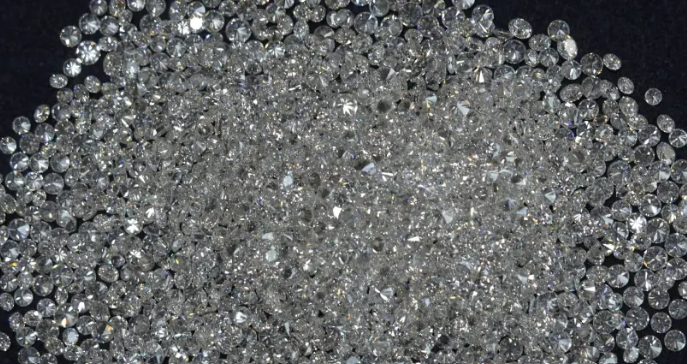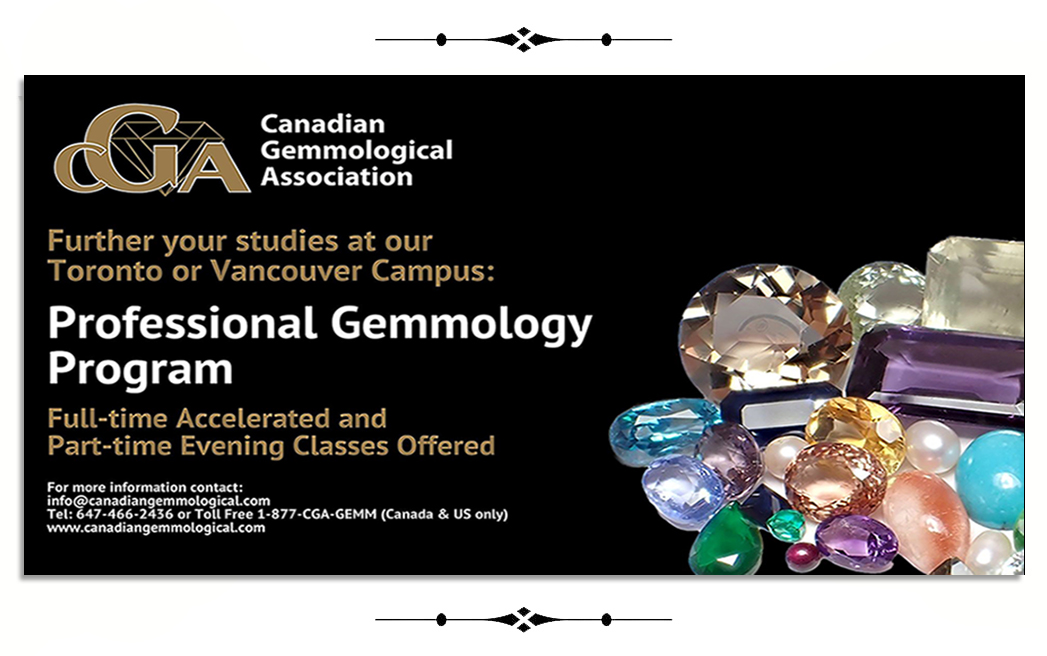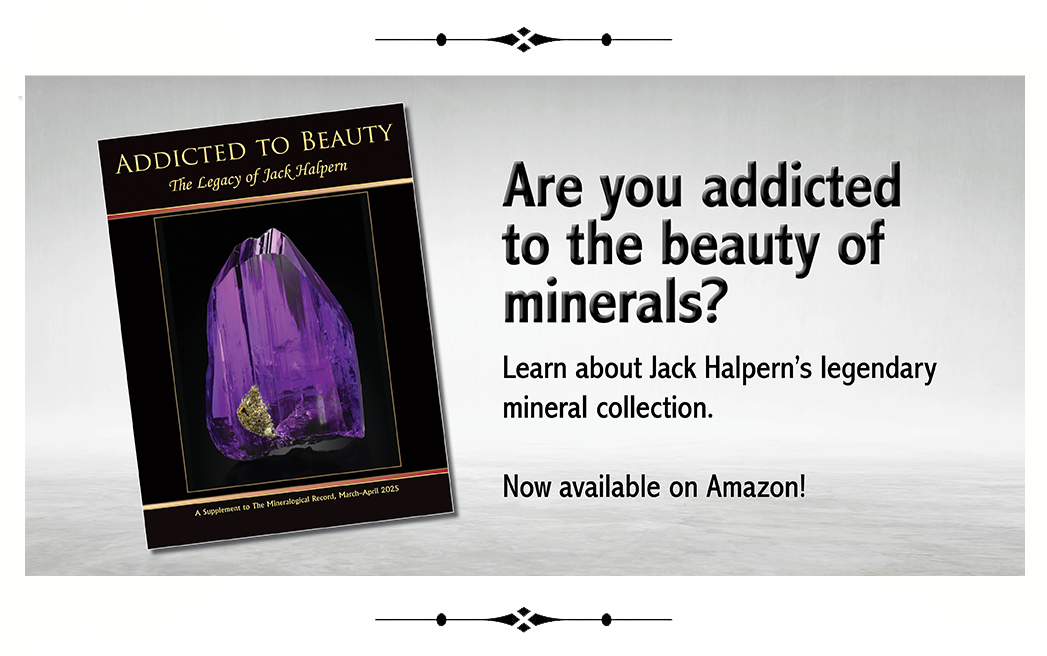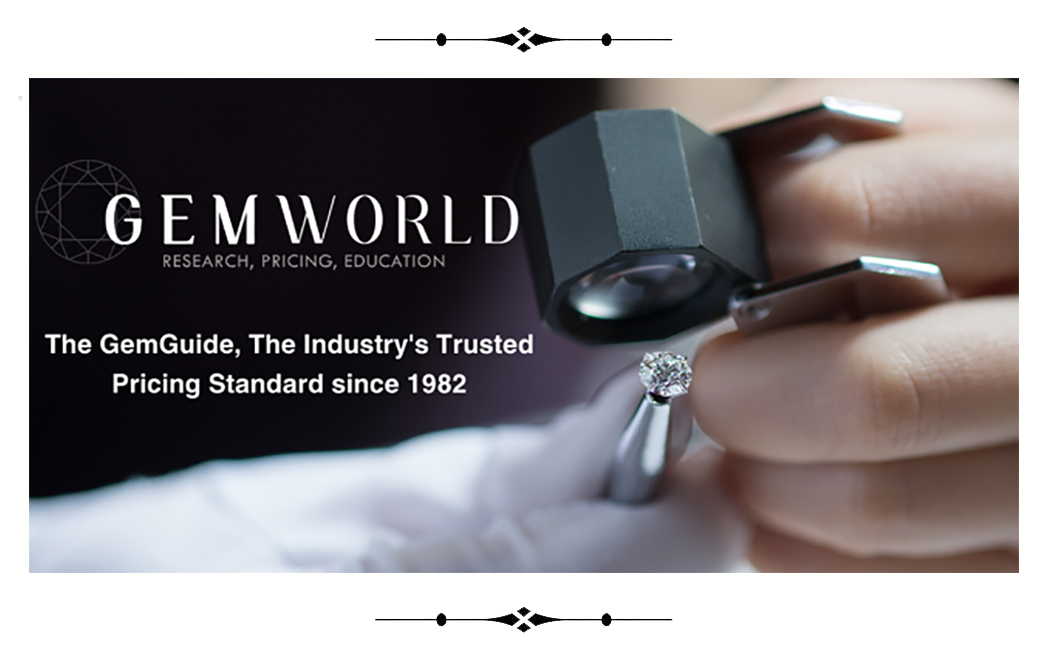Gen Z and Millennials “Oblivious” When it Comes to Lab Grown – Isabella O’Malley
BY ISABELLA O’MALLEY AND THE ASSOCIATED PRESS
February 13, 2024
Fortune Magazine
The muted sounds of hammering and sanding drift down to the first floor of Bario Neal, a jewelry store in Philadelphia, where rustic artwork that mimics nature hangs on warmly-lit walls.
Waiting for one of those rings is Haley Farlow, a 28-year-old second grade teacher who has been designing her three-stone engagement ring with her boyfriend. They care about price and also don’t want jewelry that takes a toll on the Earth, or exploits people in mining. So they’re planning on buying diamonds grown in a laboratory.
“Most of my friends all have lab-grown. And I think it just fits our lifestyle and, you know, the economy and what we’re living through,” said Farlow.

In the U.S., lab-grown diamond sales jumped 16% in 2023 from 2022, according to Edahn Golan, an industry analyst. They cost a fraction of the stones formed naturally underground.
Social media posts show millennials and Generation Zs proudly explaining the purchase of their lab-grown diamonds for sustainability and ethical reasons. But how sustainable they are is questionable, since making a diamond requires an enormous amount of energy and many major manufacturers are not transparent about their operations.
Farlow said the choice of lab-grown makes her ring “more special and fulfilling” because the materials are sourced from reputable companies. All of the lab diamonds at Bario Neal are either made with renewable energy or have the emissions that go into making them countered with carbon credits, which pay for activities like planting trees, which capture carbon.
But that’s not the norm for lab-grown diamonds.
Many companies are based in India, where about 75% of electricity comes from burning coal. They use words like “sustainable” and “environmentally-friendly” on their websites, but don’t post their environmental impact reports and aren’t certified by third parties. Cupid Diamonds, for example, says on its website that it produces diamonds in “an environmentally friendly manner,” but did not respond to questions about what makes its diamonds sustainable. Solar energy is rapidly expanding in India and there are some companies, such as Greenlab Diamonds, that utilize renewables in their manufacturing processes.
China is the other major diamond manufacturing country.
And now that you’ve come this far, you need to read the full report in Fortune Magazine, Tap Here!












